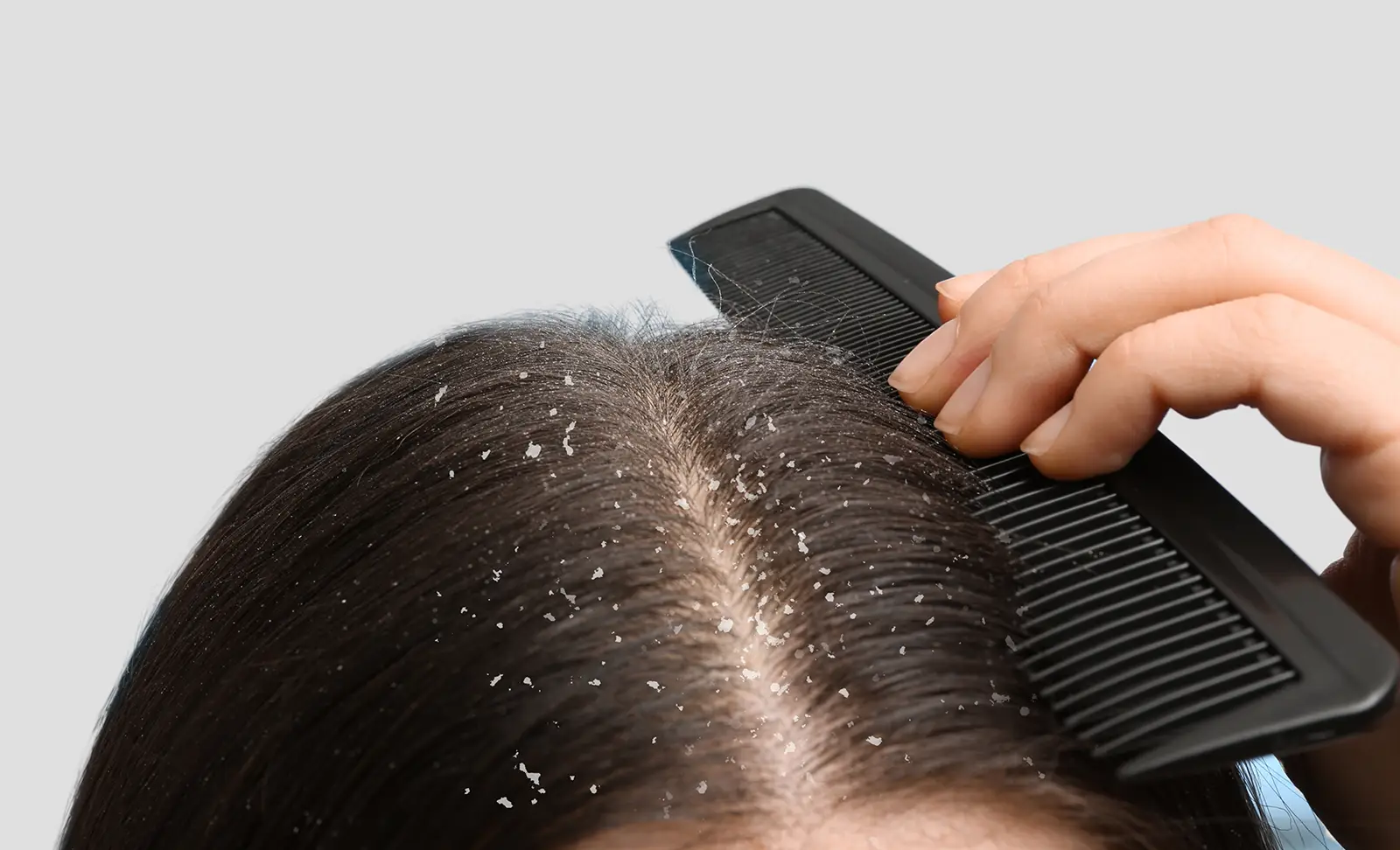I dealt with red and itchy yellow scabs on my scalp not long ago, and it was frustrating trying to figure out what caused them and how to get rid of them. The itching made things worse, and I knew I needed to find relief fast.
After researching, talking to a dermatologist, and trying a few remedies, I finally found what worked. If you’re facing something similar, I’ll walk you through the causes, symptoms, and ways to treat it, so you can avoid the frustration I felt.
Causes of Red and Itchy Yellow Scabs on Scalp
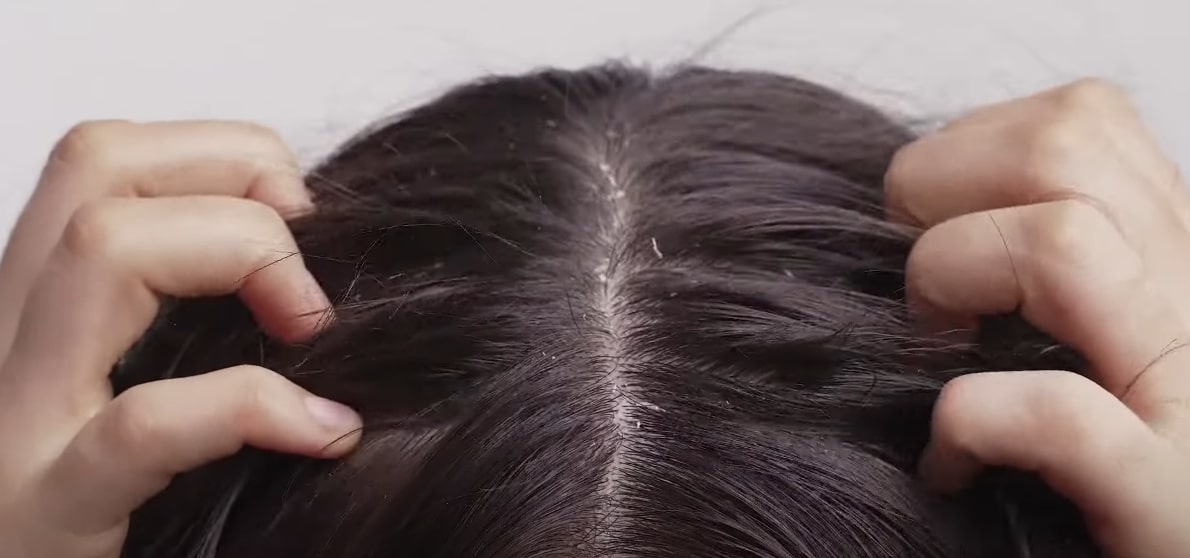
If you are going through the same thing, it’s important to know that there are several possible causes.
- Seborrheic Dermatitis: One of the most common causes, this condition leads to oily patches on the scalp covered with yellow or white crusts. I learned this can be due to an overgrowth of Malassezia yeast, which feeds on the natural oils of your skin.
- Psoriasis: If you notice thick, red patches that eventually form scabs, psoriasis might be the culprit. The skin becomes inflamed, leading to flaky, scaly areas.
- Eczema: Known for causing dry, irritated skin, eczema on the scalp can lead to intense scratching, which creates scabs over time.
- Lice Infestation: This one is obvious, but if lice are present, the constant itching can lead to sores and scabbing.
- Shingles: A reactivation of the chickenpox virus, shingles causes painful, blistering rashes that scab over, including on the scalp.
According to Dr. Melissa Piliang, a dermatologist at the Cleveland Clinic, one of the most common causes of red, itchy yellow scabs on the scalp is seborrheic dermatitis. This condition is linked to an overgrowth of Malassezia, a yeast that thrives in oily areas of the skin. Dr. Piliang advises that using over-the-counter medicated shampoos with ingredients like selenium or zinc pyrithione can effectively manage this issue. For more severe cases, prescription-strength treatments like ketoconazole may be required.
Common Symptoms to Watch For
When I experienced itchy scabs, I was always wondering if the symptoms were normal or if they signaled something more serious. The good news is, once you know the symptoms to look out for, it becomes easier to understand what your scalp might be telling you.
Knowing this will help you manage the discomfort better and determine if professional care is necessary.
| Condition | Symptoms |
|---|---|
| Seborrheic Dermatitis | Greasy, flaky patches; yellow or white crusts; itching and redness. |
| Scalp Psoriasis | Thick, red patches with silvery scales; itching; soreness; scabs from scratching. |
| Eczema | Dry, itchy, inflamed skin; red or purple patches; crusting from scratching. |
| Shingles | Painful, blistering rash that scabs over; sensitivity to touch; localized to one area. |
| Scalp Yeast Infection | Thick yellow patches; redness; flaking; sometimes hair loss from infection. |
| Lice Infestation | Constant itching; visible lice or nits (eggs); sores and scabs from scratching. |
Greasy Patches with Yellow or White Crusts
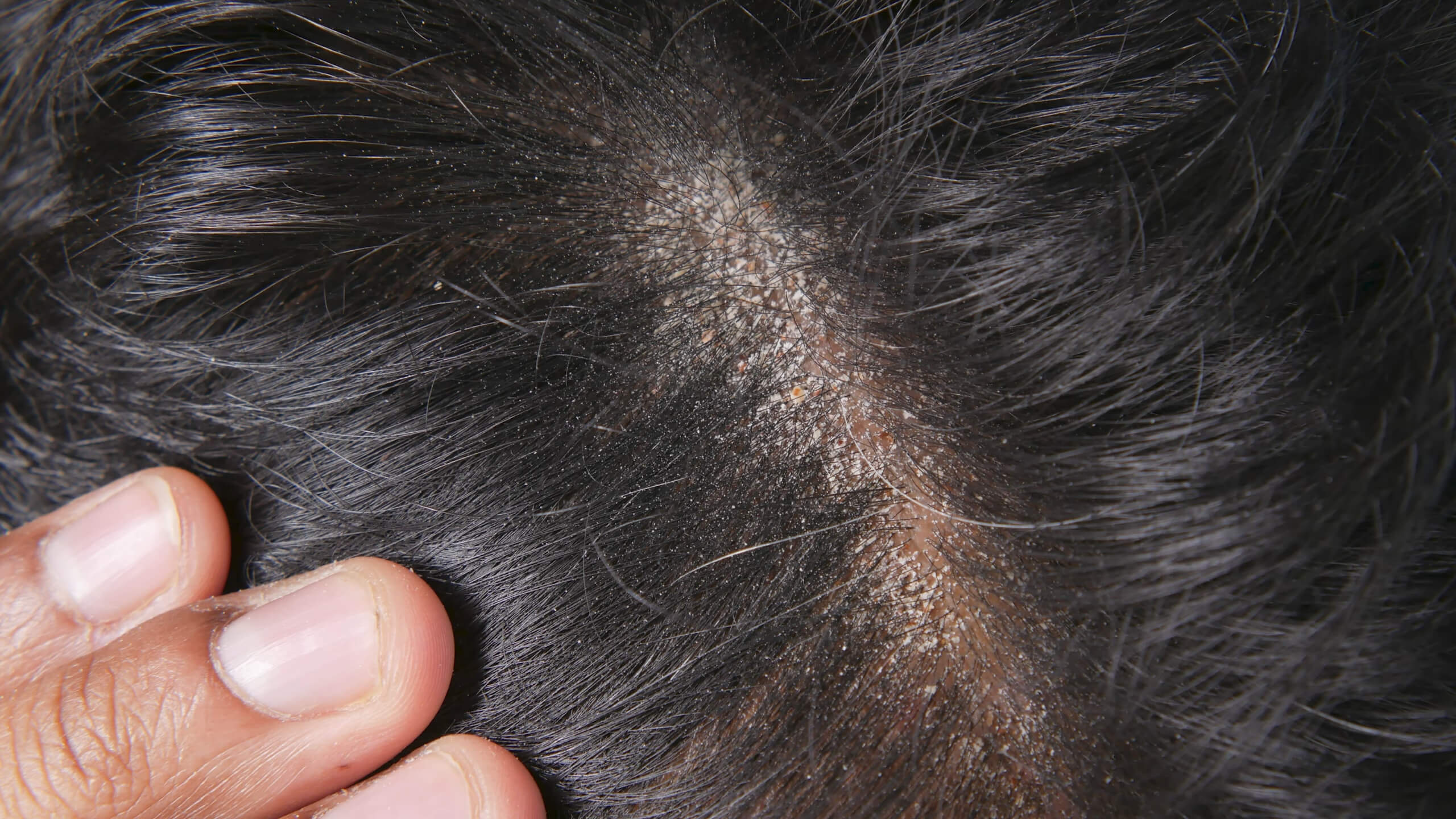
Greasy patches on your scalp, often covered by yellow or white crusts, are one of the clear signs of seborrheic dermatitis. These patches tend to be itchy and create visible scales.
They can stick to the scalp and become uncomfortable to deal with unless you use medicated shampoos regularly to manage them.
Thick, Red Patches with Silver Scales
If you see red patches with thick silver scales, you are likely dealing with scalp psoriasis. This can be a painful symptom, and scratching only leads to scabs that are hard to heal. Redness and irritation can spread if not managed with proper treatments.
Dry, Itchy Skin That Crusts After Scratching
Dry skin that itches relentlessly, leading to crusts after scratching, is often a symptom of eczema. The constant need to scratch can result in open sores that crust over, making it essential to keep the scalp moisturized and calm to prevent further irritation and infection.
Associate Professor Amanda Oakley, dermatologist at DermNet, highlights that common scalp symptoms include itching, soreness, scaling, and pustules. Chronic scaly scalp disorders, such as seborrheic dermatitis and psoriasis, often present with adherent scales and patchy hair loss, while tinea capitis and atopic dermatitis show diffuse scaling and itching. In some cases, conditions like discoid lupus erythematosus and folliculitis result in localized erythematous, scaly, and sometimes scarred plaques.
Blistering Rash That Scabs Over
A painful, blistering rash on the scalp that eventually scabs over is typical of shingles. The discomfort caused by shingles can be intense, and the blisters are highly sensitive to touch. They need prompt treatment to minimize the pain and promote healing.
Yellow, Crusty Patches with Redness
A scalp yeast infection may cause yellow, crusty patches along with redness. These patches are itchy and can cause hair thinning in the affected areas if left untreated. Medicated shampoos are the first line of defense in treating this condition.
Constant Itching with Sores and Scabs
Lice infestations lead to constant itching, and the scratching creates sores and scabs. These infestations can be treated with medicated lice shampoos, and it’s crucial to act fast to prevent the scabs from becoming infected.
Potential Complications of Scalp Scabs
Ignoring scalp scabs can lead to complications that are far more serious than just discomfort or itching. When left untreated, scabs can worsen and cause infections, which may require medical intervention. Here’s what you need to be aware of when dealing with persistent scalp scabs.
Infections Due to Scratching
One of the main risks is infection. Frequent scratching can break the skin, making it easier for bacteria to enter. Infections may lead to symptoms such as redness, swelling, and even pus formation. If the infection spreads, you may need antibiotics to control it.
Permanent Hair Loss and Scarring
Chronic conditions such as seborrheic dermatitis and psoriasis, when left untreated, can lead to long-term complications like scarring.
When to See a Doctor
It’s important to see a healthcare provider if:
- Your scalp scabs become painful, red, or swollen.
- You notice signs of infection, like discharge or an unpleasant odor.
- You experience hair loss around the affected areas.
- The scabs persist for more than 4–8 weeks
Home Remedies for Scalp Scabs
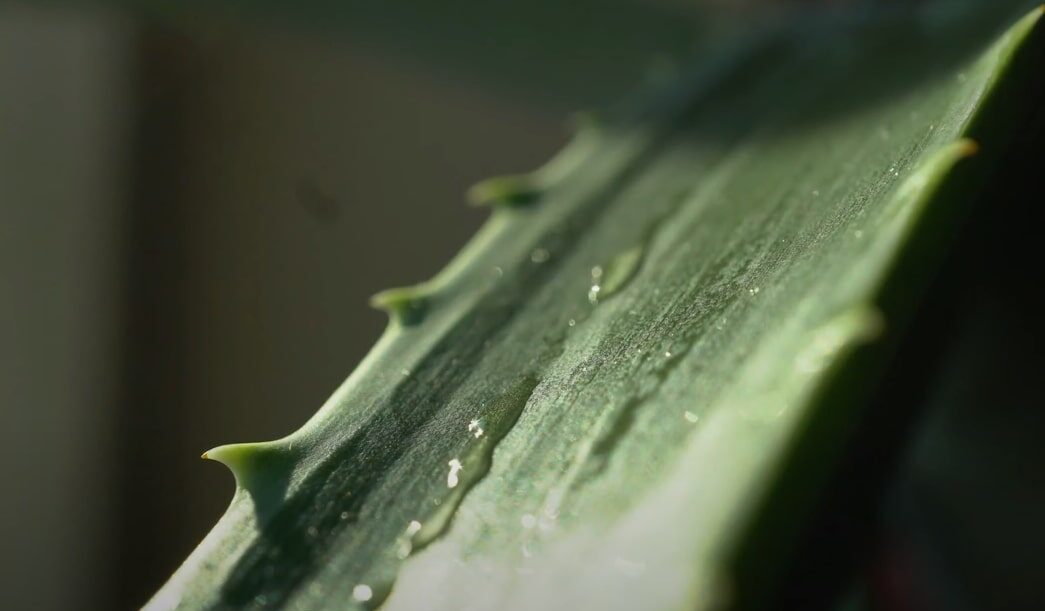
If you’re dealing with scalp scabs, natural remedies can help soothe the irritation and promote healing. These remedies are effective in easing symptoms like itching and inflammation, but for persistent cases, a dermatologist may be required.
Aloe Vera for Healing and Soothing
Aloe vera is known for its hydrating and anti-inflammatory properties. It works well to reduce the itching caused by scalp scabs and speeds up healing due to its antimicrobial effects. Applying aloe vera gel directly to the scalp 2–3 times a week can help alleviate discomfort.
Tea Tree Oil for Its Antifungal Benefits
Tea tree oil is a powerful antifungal agent. It’s especially beneficial for conditions like seborrheic dermatitis. Mix a few drops of tea tree oil with coconut or olive oil and apply it gently to the scalp. This can reduce itching and prevent fungal growth.
Warm Oil Massages to Relieve Dryness
Massaging warm olive or coconut oil into the scalp can help soften crusty scabs and provide relief from dryness. This practice promotes blood circulation and hydrates the scalp, allowing the scabs to heal faster.
For more persistent scalp scabs, you may need prescription-strength shampoos or other treatments. Consult a healthcare provider for a diagnosis if the condition worsens.
Medical Treatments for Severe Cases
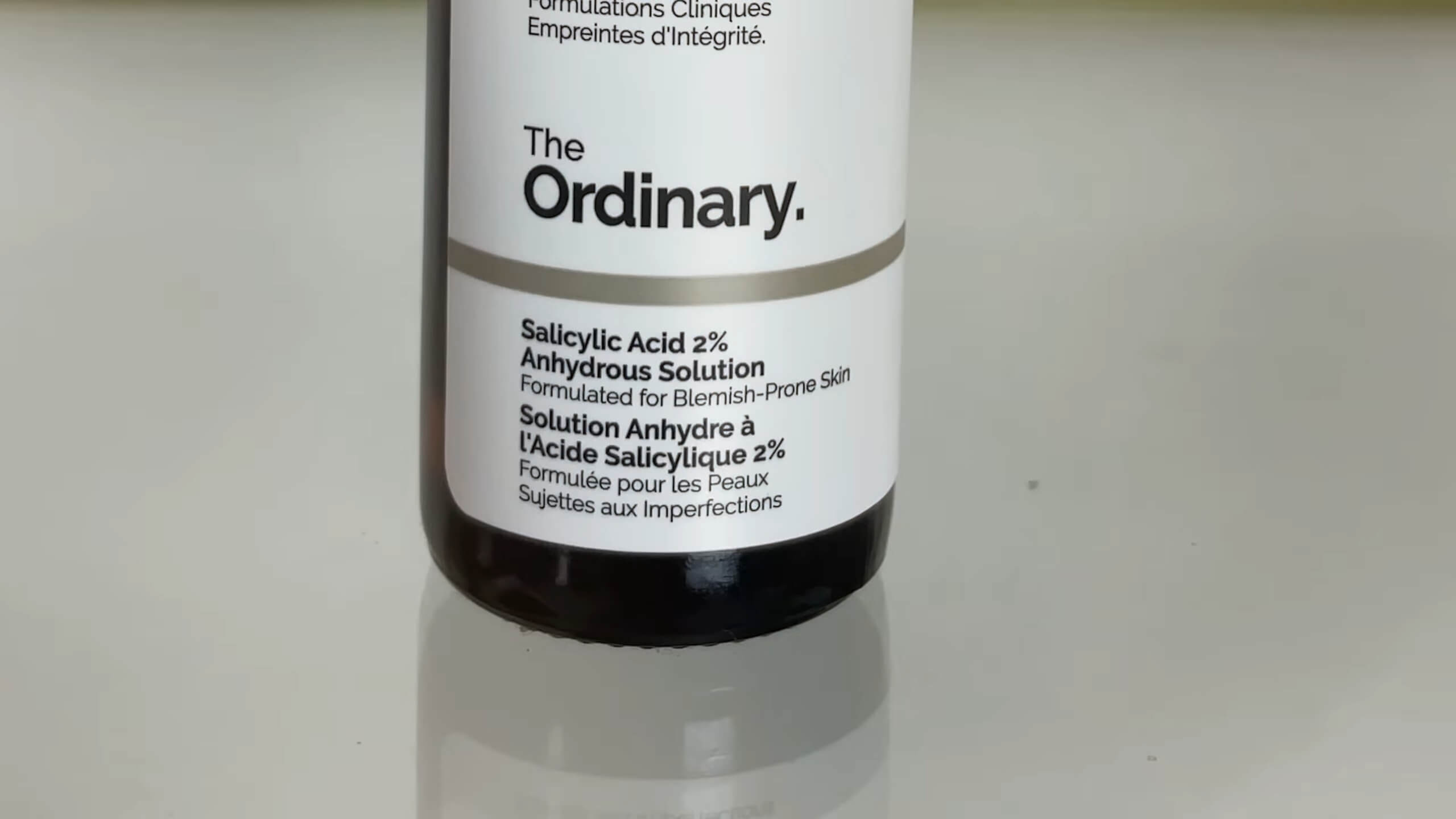
When scalp scabs become persistent or severe, professional medical treatment is often required. According to Dr. Joshua Zeichner, Director of Cosmetic and Clinical Research in Dermatology at Mount Sinai Hospital, medicated shampoos containing ingredients like ketoconazole, ciclopirox, or salicylic acid are typically prescribed to reduce inflammation and control symptoms of conditions such as seborrheic dermatitis or psoriasis.
For more resistant cases, stronger treatments like corticosteroids or oral medications may be necessary.
FAQs
How long do scalp scabs usually take to heal?
Scalp scabs typically heal within 7 to 14 days. However, healing times can vary depending on the underlying condition and how well it’s treated. Conditions like psoriasis or seborrheic dermatitis may cause recurrent scabs, so continuous treatment is often required.
Can stress cause scalp scabs?
Yes, stress can trigger or worsen conditions like seborrheic dermatitis and psoriasis, which can lead to scabbing on the scalp. Managing stress through relaxation techniques can help reduce flare-ups and improve overall scalp health.
Should I avoid washing my hair if I have scalp scabs?
No, you should not avoid washing your hair, but it’s important to use gentle, medicated shampoos designed to treat your specific condition. Avoid harsh shampoos or excessive washing, as it can strip away natural oils and worsen the condition.
What kind of shampoo should I use for scalp scabs?
For conditions like seborrheic dermatitis or scalp psoriasis, medicated shampoos containing ingredients like ketoconazole, coal tar, or salicylic acid are recommended. These ingredients help to reduce inflammation, flakiness, and scabbing.
Can scalp scabs lead to hair loss?
Yes, untreated conditions that cause scalp scabs, such as psoriasis, ringworm, or seborrheic dermatitis, can lead to temporary or even permanent hair loss, particularly if scarring occurs from prolonged inflammation or infection.
Last Words
Dealing with scalp scabs can be frustrating, but understanding the causes and knowing how to treat them makes a big difference. When I experienced it, simple remedies like using aloe vera or tea tree oil helped ease the irritation, but it’s important to address any persistent issues with proper medical advice.
If you’re struggling with ongoing symptoms, don’t hesitate to consult a dermatologist who can provide targeted treatments to avoid complications like infection or hair loss. Healing takes time, but with the right approach, you can get your scalp back to normal.

